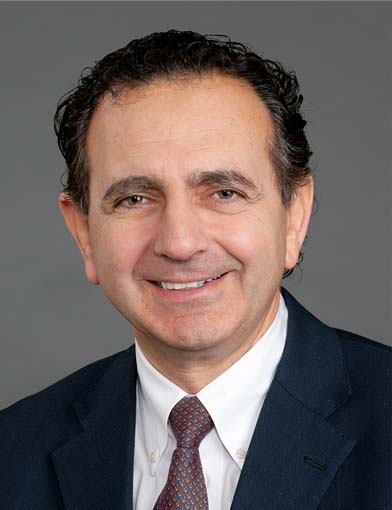With the creation of functional lab-engineered liver tissues, two teams of scientists from the Wake Forest Institute for Regenerative Medicine (WFIRM) have won first and second place in NASA's Vascular Tissue Challenge, a prize competition that aims to accelerate tissue engineering innovations.
The Vascular Tissue Challenge focused on strategies for making tissues with artificial blood vessels. The two teams both used 3D bioprinting technology to create liver tissue constructs that were vascularized and able to mimic the human liver function in the body and survive for 30 days in the lab. Each team used different 3D-printed designs and different materials to produce live tissues that harbored cell types found in human livers and mimicked liver function in the body.
Vascularization of engineered solid organs like the liver is part of the Holy Grail pursuit of regenerative medicine. Being able to create organs with the needed blood vessel structure means the organs are supplied with needed nutrients and oxygen.
Team Winston is the first team to complete its trial under the challenge rules and receives $300,000 and the opportunity to advance its research aboard the low-Earth orbital platform under the sponsorship of the International Space Station (ISS) U.S. National Laboratory. In addition, Team WFIRM, completing the trial the week after Team Winston, will receive the second-place prize of $100,000. Two teams affiliated with other organizations continue to compete for third place and the remaining $100,000 prize.
“The NASA Vascular Tissue Challenge allowed the teams to think outside the box and make a giant stride toward addressing the unsolved challenge in establishing a stable vascularization to a large tissue mass,” said James J. Yoo, MD, PhD, Chief Operations Program Officer and Professor, WFIRM.
Team Winston designed a tissue construct with a unique-shaped architecture (called a gyroid) with interconnected channels, which allowed for uniform flow and surface shear stress that adequately covers the entire inner surfaces of cell-laden tissue constructs. “This gyroid structure, originally designed by NASA scientist Alan Schoen, is similar to that of the highly vascularized human penile corporal tissue,” said Young-Wook Moon, PhD, WFIRM research fellow.
Team WFIRM created a hydrogel construct with a series of patterned vessels or channels that were lined with blood vessel cells. “The system was designed to maintain sufficient oxygen and nutrient levels to keep the constructed tissues alive,” said Kelsey Willson, Biomedical Engineering graduate student at WFIRM.
“We could not have been as successful without the efforts of Young-Wook and Kelsey, who both went above and beyond to ensure that this research endeavor was carried out and done so well,” said Sang Jin Lee, PhD, Associate Professor, Wake Forest Institute for Regenerative Medicine. “They are both bright, young scientists who have exciting futures ahead of them.”
The team leaders were James Yoo, MD, PhD, and Anthony Atala, MD, Director, WFIRM, and Chair, Urology. Colin Bishop, PhD, Professor, WFIRM and Pediatrics, was also a team member, in addition to the other members referenced above.



